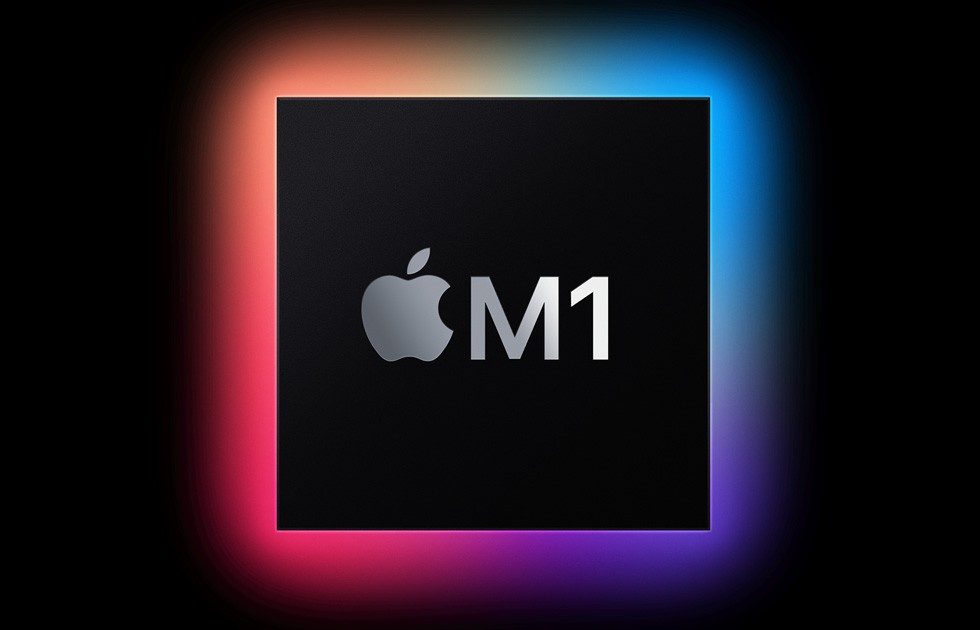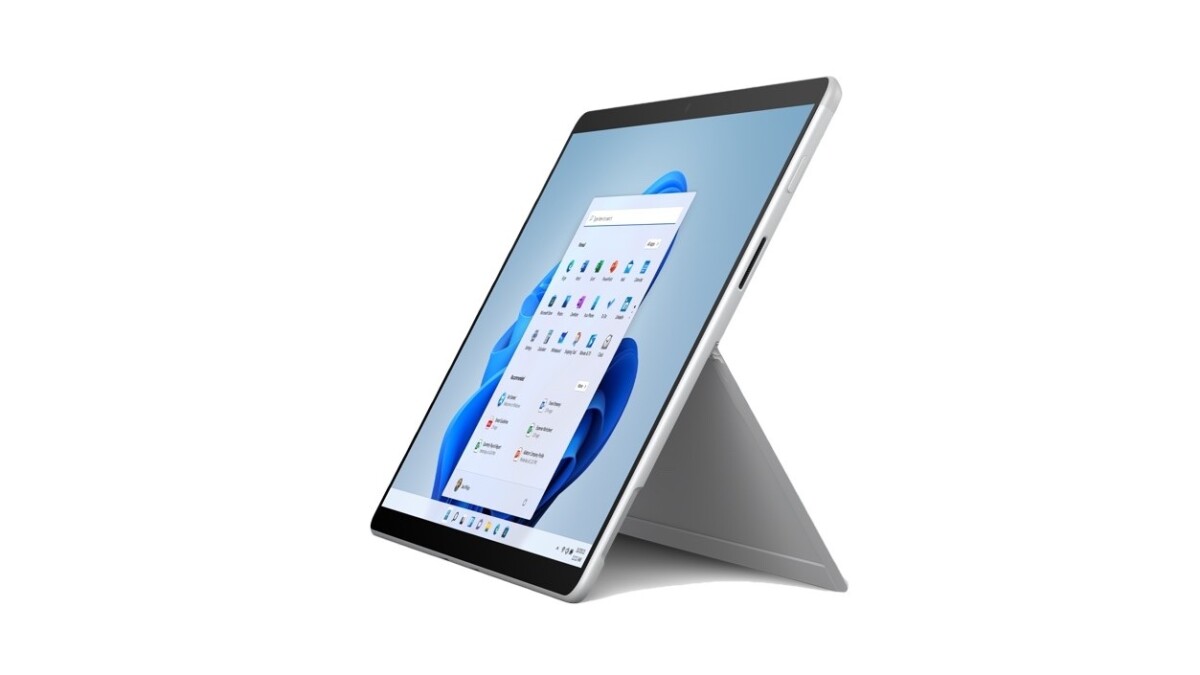
When it comes to performance and mobility balance, it is very critical to choose the right processor. For this balance, ARM-based processors, such as Qualcomm Snapdragon SQ1 and Apple M1, have become central, with superior power efficiency and capabilities.
So this is a comparison between the Qualcomm Snapdragon SQ1 vs Apple M1 which aims to discuss their specs, performance, efficiency and how these chips are suited for your computing needs.
Qualcomm Snapdragon SQ1: Key Features and Specifications
Let’s look at the Qualcomm Snapdragon SQ1 processor, which is a notable choice for ultra-portable Windows on ARM devices like the Microsoft Surface Pro X. At its core, the SQ1 features 8 Kryo 495 cores clocked at 3.00 GHz, utilizing ARM Cortex-A76 architecture for performance and Cortex-A55 for power efficiency. Also, this design ensures a balance between processing power and energy conservation.
Regarding graphics, the Adreno 685 integrated GPU is capable of handling a range of applications from basic tasks to more advanced visual processing.
The SQ1 also has strong connectivity as well. It has an Integrated X24 LTE Modem with download speeds of up to 2 Gbps, giving seamless connectivity to its users.
Apple M1: Key Features and Specifications

The M1 chip boasts an 8-core CPU, divided into four high-performance cores and four energy-efficient cores. This design ensures a balance between speed and power consumption, allowing for efficient handling of both demanding and everyday tasks.
Equipped with an integrated 8-core GPU, the M1 delivers impressive graphics performance, suitable for both creative professionals and gaming enthusiasts. Additionally, the 16-core Apple Neural Engine enhances the chip’s ability to manage machine learning tasks, enabling features like advanced image processing and natural language recognition.
Built on a 5nm process, the M1 chip achieves remarkable energy efficiency, contributing to longer battery life in devices like the MacBook Air and MacBook Pro. Its seamless integration with macOS ensures optimized performance, providing users with a responsive and cohesive experience across Apple’s ecosystem.
Performance Comparison: Snapdragon SQ1 vs Apple M1
The Snapdragon SQ1 runs at 3.00 GHz, while the Apple M1 makes do with up to 3.20 GHz. Despite the competitive clock speed of the SQ1, the M1 has the more superior performance, particularly on single and multi-core tasks.
For example, in Geekbench 5 single-core tests the M1 scores around 1,742, which is a lot better than the SQ1’s score of around 724. Also, the M1 scores 7,650 in multi-core performance and the SQ1 scores 2,808.
The Apple M1’s integrated GPU outshines the Adreno 685 in the SQ1. The M1’s GPU gives a peak performance of 2.6 teraflops and is better suited to more powerful jobs like 4K video editing and gaming.
The M1 scores about 7,759 in Cinebench R23 multi-core tests, demonstrating the powerful processing capabilities. Available data for the SQ1’s Cinebench score is limited, but what we do know is that the M1 still has an incredibly strong advantage in this benchmark.
Power Efficiency and Battery Life
The Apple M1 and Qualcomm Snapdragon SQ1 are both very impressive energy efficient ARM chips, which helps improve battery life on the devices they power.
The M1 chip, built on 5nm process, is remarkably efficient. In real-world usage, the M1 MacBook Air lasted up to 14 hours and 41 minutes with web browsing on a single charge, proving the power of the M1 to prolong battery life with ease.
The Snapdragon SQ1 features a 7W TDP (Thermal Design Power) designed with mobile efficiency in mind. This design choice helps Windows ARM devices, like the Microsoft Surface Pro X, to offer extended battery life.
Connectivity: LTE vs Non-LTE
If you need internet access at any place other than your home or a Wi-Fi zone, Qualcomm SQ1 offers a breakthrough.
The Surface Pro X and other devices with the integrated Snapdragon X24 LTE modem feature seamless mobile data connectivity wherever there is cellular coverage. The ability to utilize this built-in LTE will allow you to not be dependent on only Wi-Fi networks.
On the contrary, the M1 Wi-Fi connectivity is rock solid, capable of high-speed internet thanks to Wi-Fi 6.
This performs beautifully if you can find Wi-Fi, but it loses signal if not, and in that case, you’ll need to find a hotspot or tether to another device to remain connected.
Compatibility and Software Optimization
The Snapdragon SQ1, tailored for Windows on ARM, encounters challenges with app compatibility, as many applications are designed for the traditional x86 architecture. This limitation can hinder performance and user experience, especially when preferred software isn’t natively supported.
In contrast, the Apple M1’s seamless integration with macOS offers a vast ecosystem where software optimization is paramount. Apple’s Rosetta 2 translation layer enables M1 Macs to run Intel-based applications efficiently, often with performance surpassing that of native Intel hardware.
Real-World Use Cases and Applications
The Snapdragon SQ1 is far more suited to devices like the Surface Pro X thanks to its good data efficiency, and built-in LTE connectivity, which makes it ideal for light multitasking, web browsing and streaming on the go.

The Apple M1 is designed for even more intensive uses, delivering exceptional performance for creative pros, developers and other power users who do demanding work such as video editing, programming, and machine learning.
This distinction is particularly interesting because it underscores the ever-shifting realm of mobile vs desktop processors, where each is optimized for specific real-world applications.
Final Verdict: Which Processor Is Better?
In the Snapdragon SQ1 vs Apple M1 comparison, each processor shines in its own right. The Snapdragon SQ1 is ideal for those who prioritize portability and constant connectivity, making it perfect for on-the-go tasks.
On the other hand, the Apple M1 stands out as the best ARM processor for performance, delivering exceptional speed and efficiency, especially within the Apple ecosystem.








